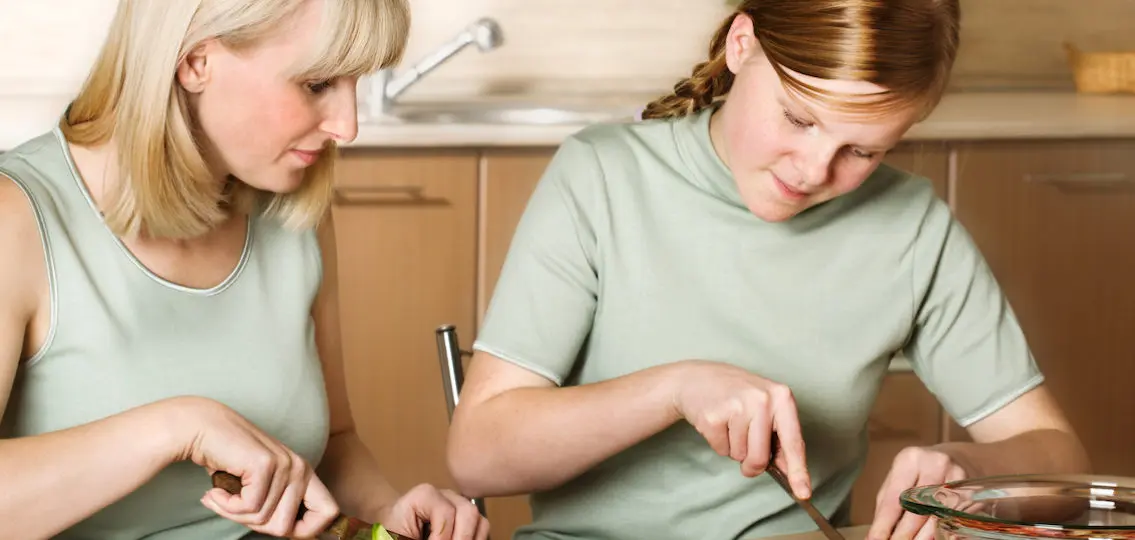When my high schooler stays up too late, I know it’s because she’s driven by anxiety-provoking perfectionism to study and stay caught up on social media. A week ago, when I should have been encouraging her to turn in for the night, I was watching the COVID-19 news coverage coming from overseas. I wasn’t sure how to process the devastation on human lives and families’ livelihoods. I didn’t know how to talk to my daughter about this crisis and what it means, as important events in her life like prom are now cancelled. And I didn’t know whether, or how, to talk about the effect it will have on our household income.
| [adrotate banner=”169″] |
I covered up my sense of powerlessness and failure in a bluster of productivity until I realized my daughter was also hurting. Putting aside suggestions to keep her on track academically for the time being, I came up with a plan. As our one-week break from school turned into three weeks, I came up with my four areas of focus during this time:
Communication
I want to help my daughter learn her own communication and learning styles so that she can make the most of her time at home. The best part is, once this time at home is over, she will know how to learn a new skill and self-advocate.
Is your teen a planner who is very goal-oriented? A visual learner who would benefit from studying in a place free from distraction? Now is the time for your teen—and you—to learn about your communication and learning styles. It can be a fun exercise to do together to help you find ways to relate to each other. (And have a few laughs.)
Cooking
I want to help my daughter understand the full cycle of eating: growing, budgeting, buying, cooking, clean up and storage. Microgreen sprouts can go from seed to sprout in 10 days and they’re delicious!
But I realize that not everyone has a house with a yard. Nor would they have the wherewithal to make it through a full growing season. If your student can plan a meal, budget it, purchase the items, prepare it and clean up after, they will be well on their way to self-sufficiency. Knowing that you can handle the task of preparing a meal can boost their self-esteem that all the awards and pats on the back can never instill. We can allay our children’s anxiety and our own by giving them this gift of knowledge.
Community
I want to help my daughter connect with older relatives, neighbors, and family friends. This can include learning to address an envelope for snail mail. It’s not too late to send thank you notes for Christmas gifts!
In addition, maybe you and your teen could organize a project to send physical letters or virtual messages to a nursing home or group home where the residents can’t have visitors right now.
Creativity
I want to help my daughter tap into her unique creativity. Science shows that being creative reduces anxiety. Perhaps you and your teen can do a craft project together. Or you could build something you can use inside or outside the house.
If there’s no time, money, or energy to craft, help your teen dream. Maybe they can design their ideal room or come up with a plan to make the garage more organized. After living such structured lives, spontaneous creativity can feel strange. But it gives us a window into our teens’ unique personalities and a sneak peek at the people they’re becoming.

Communication, cooking, community, and creativity are my new rallying cries to get to the other side of what my daughter and I are feeling right now. Focusing on these four areas will hopefully help us get to know each other more, feel less anxious, and communicate better long after this pandemic has passed.





